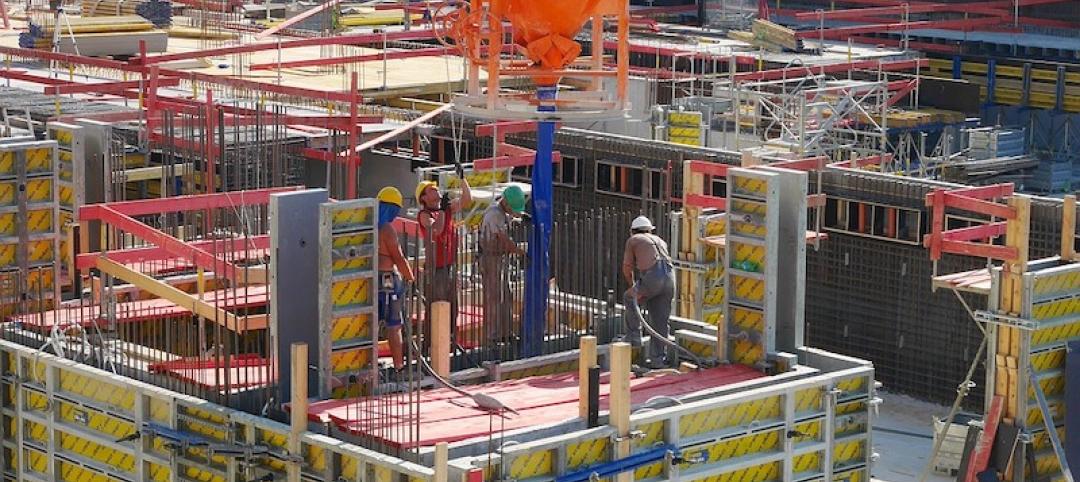New research from a George Washington University research group and LOCUS, a coalition of real estate investors that's part of Smart Growth America,says that offices in “Walkable Urban Places (WalkUPs)” bring developers 74% more rent per square foot.
The study, “Foot Traffic Ahead: Ranking Walkable Urbanism in America’s Largest Metros,” also found that areas that rank high for walkable development average 38% higher GDP than lower-ranking communities.
The researchers say that the increase in demand for pedestrian-friendly office buildings is part of a societal shift. “The last time we saw a structural change like this was back in the ’40s and ’50s,” said Christopher Leinberger, one of the authors of the report. “It’s going to take 20 to 30 years to catch up with pent-up demand.”
The study ranks the top 30 U.S. metro areas for their levels of walkable urbanism as well as projecting future rankings. It found 558 “WalkUPS” in those areas, defining them as regionally significant major employment centers. In the top 30 metros, WalkUPS take up just 1% percent of the available acreage, but account for as much as 50% of the office, hotel, apartment, and retail square footage.
Walkable urban developments are not as easy to create as the “formula product” that characterizes drivable suburban development, the study’s authors say. That’s due in part to NIMBYism and more complex permitting and review processes required in urban locations.
Related Stories
Codes and Standards | Jun 27, 2019
Updated standard for liquid applied flashing for exterior wall openings released
AAMA document establishes minimum performance requirements.
Codes and Standards | Jun 27, 2019
Public restrooms being used for changing clothes, phone conversations, and 'getting away'
About 60% of Americans use a public restroom one to five times a week, according to the latest annual hand washing survey conducted by Bradley Corporation.
Codes and Standards | Jun 21, 2019
Green Globes 2019 accepted as a revised American National Standard
Advances include language on resilience, life cycle cost analysis, moisture control analysis, health, and effectiveness.
Codes and Standards | Jun 14, 2019
Reports from Intl. Code Council focus on expanding use of shipping containers as building materials
Three companies show compliance for using containers for housing.
Codes and Standards | Jun 13, 2019
Report explores potential for rope-less and multidirectional elevators in tall buildings
Technology can enable cities to be more interconnected, efficient, and accessible.
Codes and Standards | Jun 12, 2019
USGBC-LA launches Net Zero Accelerator
Goal is to enable building tech market adoption for a net positive future.
Codes and Standards | Jun 11, 2019
BREEAM USA In-Use standard to be released this fall
Will expand to include residential and multifamily for assessment and certification.
Codes and Standards | Jun 10, 2019
Intl. Code Council releases Natural Disaster Preparedness Guide
Provides tips for staying safe during and after a hurricane or severe weather.
Codes and Standards | Jun 7, 2019
Market conditions indicate slower growth in industrial real estate sector
E-commerce, market oversupply, rising interest rates to dampen hot market.
Codes and Standards | Jun 3, 2019
Haskell invests in BLOX, creator of modular-based delivery method
‘Represents important part of Haskell’s future strategy,’ says CEO.

















